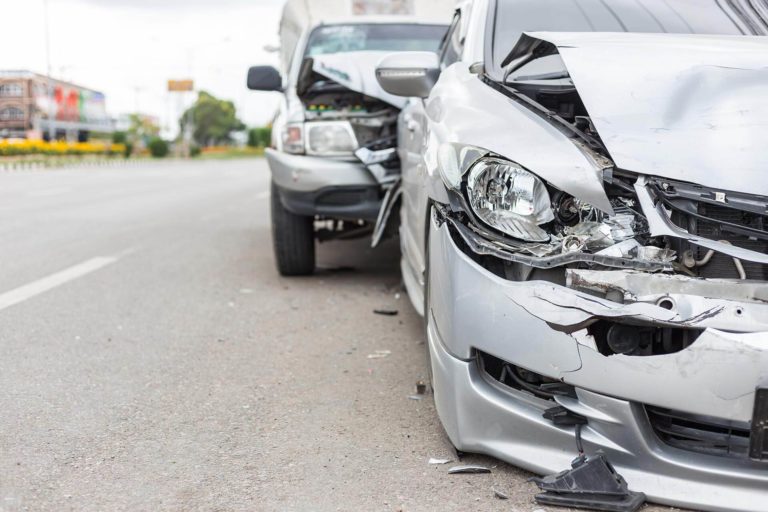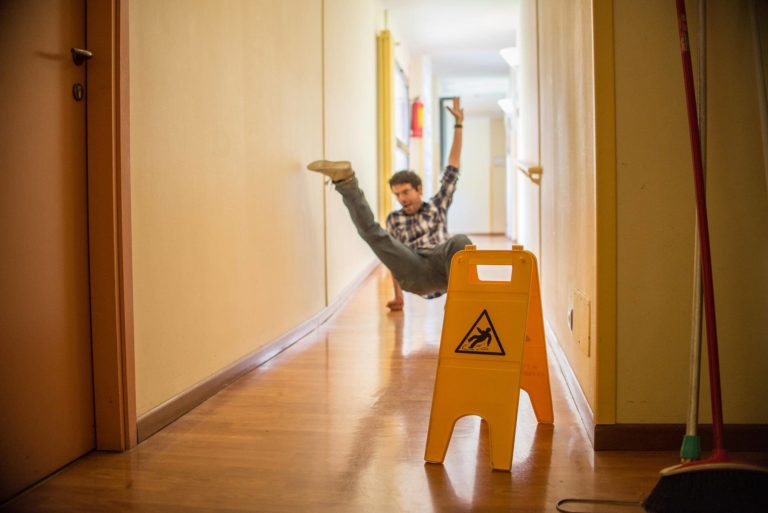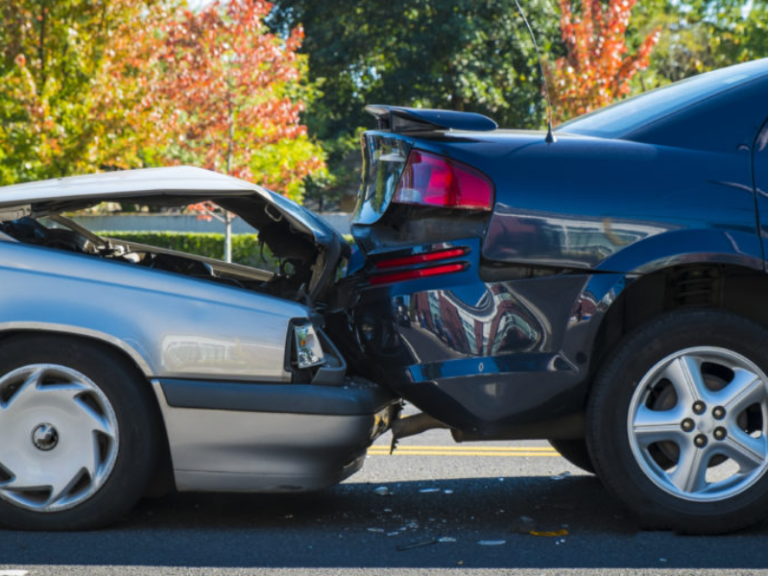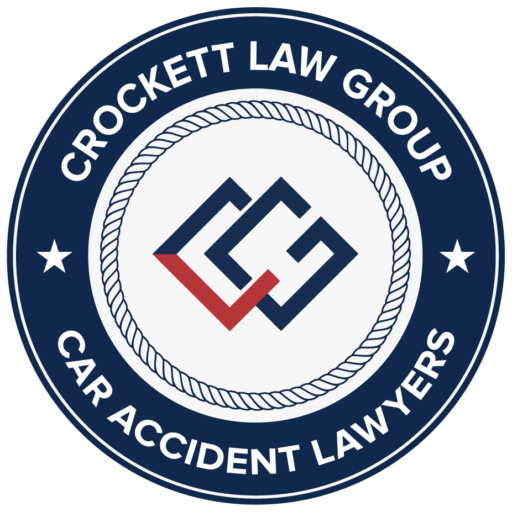- Pedestrian Accident
Reading Time: 3 minutes
A car accident involving a pedestrian typically involves injuries ranging from serious to severe. This is simply because the pedestrian is completely unprotected when confronted by the vehicle. If the vehicle that hits the pedestrian is traveling at a high rate of speed, critical injuries may occur. Even if the vehicle is fairly slow, below 30 mph, for instance, serious injuries can still result.
When a car-pedestrian accident occurs, it is often assumed that the driver was at fault. However, that is not always the case. There are situations where the pedestrian’s fault results in the accident. And then there are scenarios where both the driver and the pedestrian share the fault.
Determining the At-Fault Party
In any car-pedestrian accident, it is important to understand who the at-fault party is. As noted above, the driver or the pedestrian or both can be the at-fault parties. Here is a look at situations where a driver is typically at fault.Driver’s fault
A driver is usually the at-fault party in a pedestrian accident if he or she was:- Speeding: Speeding is a common cause of pedestrian crashes. A speeding driver may fail to spot a pedestrian from a safe distance and be unable to brake in time to avoid a collision.
- Overtaking: Overtaking usually occurs at a fairly high speed. When a driver attempts to overtake another on a street, the speed and the act of overtaking may prevent the driver from identifying a possible pedestrian. This can then cause an accident that results in injuries for the pedestrian.
- Running a Stop Sign: This is another common reason why pedestrian accidents occur. The driver has a Stop signal whereas the pedestrian has a legal right to cross the road. But the driver refuses to heed the signal and continues driving which causes a collision.
- Distracted Driving: Distracted driving can result in a range of incidents, including pedestrian accidents. A driver may be distracted because he or she is texting, taking a call, picking up a coffee cup, adjusting the radio, or simply driving under the influence of alcohol or drugs. In the latter case, a crash will typically result in more serious DUI or DWI charges.
Pedestrian’s Fault
If a pedestrian is found guilty of negligence in an accident, the pedestrian may be held at fault. For instance, if a pedestrian is illegally crossing the street or a roadway and gets hit in the process, the pedestrian will be considered at-fault. In the light of the vehicle codes cited above, it is illegal for a pedestrian to cross the street at a place other than a marked crosswalk or an unmarked intersection crosswalk. So the vehicle driver has the right-of-way in these situations. If the pedestrian attempts to cross the roadway at a place where there’s no marked crosswalk or no intersection, and the driver fails to see the pedestrian and avoid a collision, the pedestrian may be held at fault.California’s Comparative Fault Law
California has a pure comparative fault law in place that applies to personal injury cases. This means that you can recover compensatory damages as a pedestrian even if you were partly at fault in causing the crash. When you are partly at fault, your damages will be reduced according to the percentage of your fault.Hiring an Orange County Pedestrian Accident Lawyer
If you have suffered injuries in a pedestrian accident, you may be entitled to a fair amount of compensatory damages. Here at Crockett Law Group, our lawyers work with you to help you counter any objections raised by the insurance company. The insurer will try, in most cases, to have the maximum percentage of fault assigned to you. We counter this by backing your claim with relevant evidence. Call us today to discuss your pedestrian crash claim with our expert lawyers.
Kevin Crockett
Kevin Crockett is an award-winning personal injury lawyer who understands the impact an accident can have on someone’s life. That’s why he aggressively fights for each of his clients.






